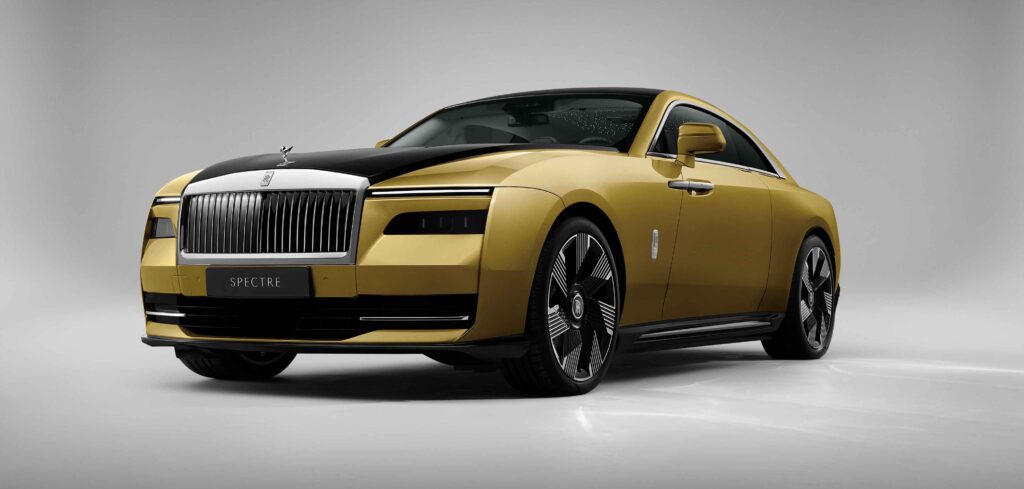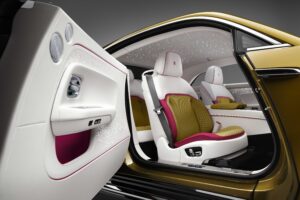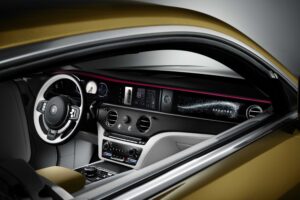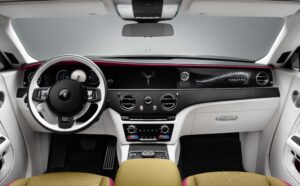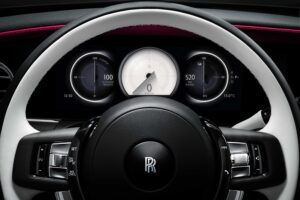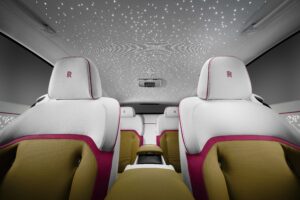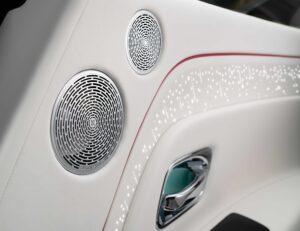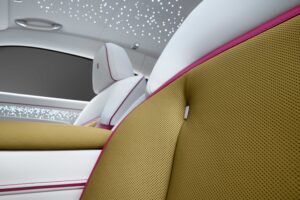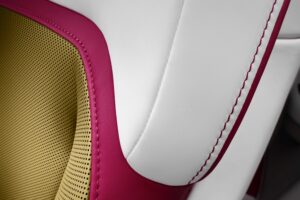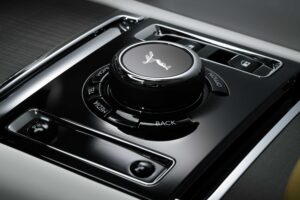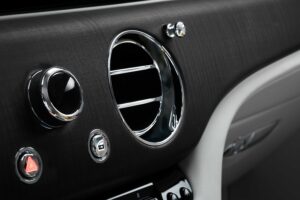OEM Rolls-Royce has unveiled its first all-electric model, the Spectre, a high-end luxury vehicle that features a wide array of technological advancements.
From the exterior and interior, the 1.5m-long doors can be opened electronically at the touch of a button, enabling occupants to enter or exit the vehicle. For the first time on a Rolls-Royce model, Starlight doors feature with 4,796 illuminated ‘stars’. If a customer wishes, the Spectre’s doors can be commissioned with a backdrop of wooden Canadel paneling, named after a cove in the South of France where Sir Henry Royce and his design team spent their winters. The OEM’s well-known star-lit headliner also features.
Continuing with the night-time theme, the vehicle features an illuminated fascia that took two years to develop. Surrounding the Spectre nameplate on the passenger side of the dashboard are 5,500 stars that are invisible when the vehicle is turned off.
The OEM’s latest vehicle features Spirit, a redesigned digital architecture that enables
the management of vehicle functions and integration with Whispers, Rolls-Royce’s smartphone application. With Whispers, users can interact with the vehicle remotely by sending map locations directly to the vehicle for easier navigation. Other functions include preconditioning the interior temperature and locking/unlocking the vehicle.
Inspired by British tailoring, Rolls-Royce has introduced a new front seat design with what it describes as ‘near-infinite bespoke possibilities’. The seat’s lapel sections can be upholstered in colors that contrast or match the main base color. Another first for the all-electric model is fully digital and bespoke dials that can be personalized in a customer’s color of choice to match the interior upholstery. The dial’s hands also feature a trail of stars.
A virtual assistant named Eleanor can be called upon to change interior features such as the cabin temperature or find the nearest charging station.
The Spectre is the most intelligent Rolls-Royce the OEM has ever created, with 141,200 sender-receiver functions, 7km of cabling and over 25,000 subfunctions. Ten driver assistance systems also feature.


